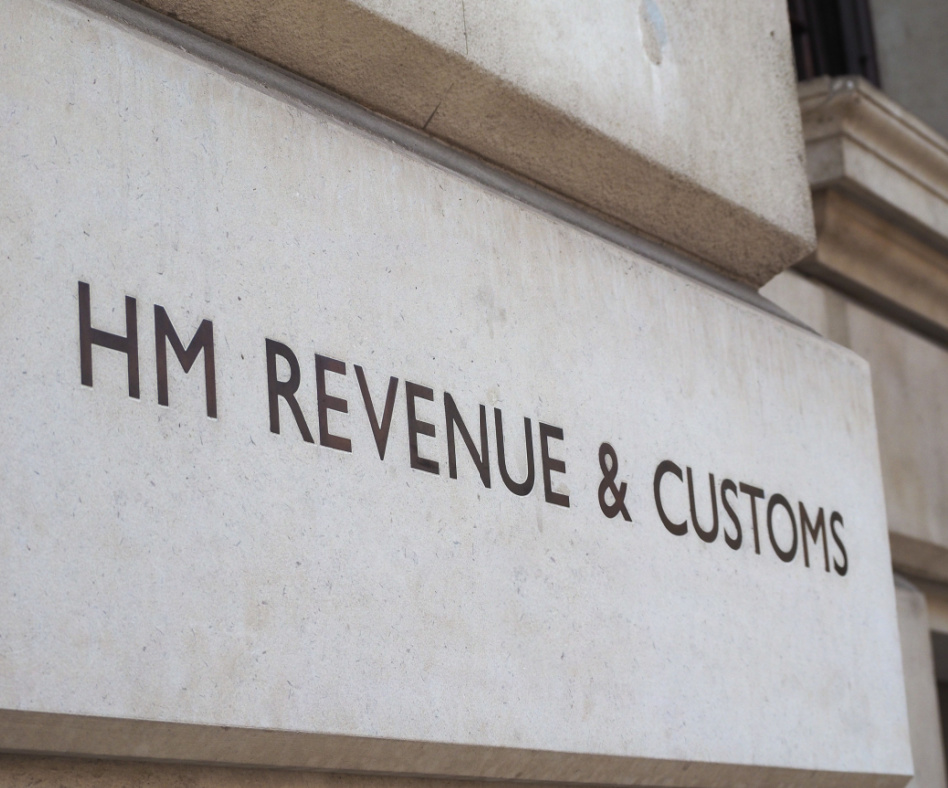Behavioural finance is the study of how human behaviour, driven by emotions and sentiment as much as rational decision-making, affects how we act in relation to our investments and financial decisions. Whilst there is clearly underlying rationality to financial markets and how assets are priced, the human element must be considered as part of this overall picture, particularly in relation to our own decision-making.
One of the most obvious examples of behavioural finance at work is how investors, both professional and amateur alike, tend to behave particularly when markets are at absolute highs or low points.
During market bull runs or upward trending markets, investors often observe that the stock market is performing well and may consider investing. Over time, as they see more evidence of the market rising they talk to friends and family who have benefitted from these rises. As further time goes by, and the market continues to rise, this provides additional confirmation and even publicity in the mainstream news that the stock market and the economy are performing incredibly well.
So, it is often the case that by the time a typical investor has had sufficient confirmation of the rising stock market and has gained the confidence to act that the market has topped out, resulting in many people investing money at the top of a cycle.
Conversely, when investors experience a large scale fall in market conditions there is a similar behavioural bias that plays out. Initial drops are dismissed as mere volatility, with further drops even seen as buying opportunities. However, after continued drops and with investors seeing the value of their investment being significantly eroded, they begin to experience a sense of dismay and even panic over their investments.
After experiencing a number of confirmations that the market is indeed falling with apparently no end in sight it is common for investors to lose heart, sell their investment, cashing in their losses, vowing never to invest again.
It is not unusual to find that the point at which investors lose heart maybe somewhere near the bottom of a market cycle.
The combination of these factors mean that whilst we all understand the basic principle of buying low and selling high, many investors end up doing exactly the opposite.
Additionally, these behavioural biases have a wider impact on market conditions often causing markets to exhibit irrational movements that can appear to defy logical analysis.
So, what strategies are available to investors to help avoid the pitfalls outlined above?
Understand your time horizon
Your investment time horizon is simply the anticipated length of time you intend to hold your investment for. This will be a key factor in determining what investments are potentially suitable for you and what levels of risk and liquidity you are able to take with your holdings.
Generally speaking, the longer timeframe you intend to hold an investment the more risk you can afford to take as you should have sufficient time to recover from drops in the market.
Risk profile
It is vital when making any investment decision to fully understand the risk of the underlying investments you wish to make and, more importantly, the level of risk that you are comfortable with. Other factors, such as the amount you can afford to lose and the time horizon also need to be factored in.
Setting out your risk profile will go some way towards managing the scale of gains or losses you can reasonably expect to experience over the course of your investment time horizon.
Adhering to this investment risk profile is vital.
It can be tempting to loosen the reins and take on more risk when market conditions seem benign, but this can be a dangerous exercise as market conditions can turn around very quickly as we have recently experienced on a global basis.
Diversification
We have all heard the old saying “Don’t put all your eggs in one basket”, and this is especially true when it comes to investments. Diversification, when carried out properly, is one of the few free lunches available to you in respect of your investment portfolio as it enables you to reduce risk levels without necessarily dampening total returns from your portfolio.
Establishing a well-diversified portfolio across a multitude of asset classes and geographies is vital for long-term investments. The diversification in your portfolio should also be reviewed regularly to ensure that it continues to fall within your chosen risk profile and that it is also adjusted to take into account portfolio drift.
Portfolio drift occurs when the various aspects of your portfolio experience significant gains or losses skewing the asset allocation and could lead to inadvertently holding the wrong level of risk for your requirements.
Financial markets across the world have suffered a severe downtrend that has left investors around the world nursing heavy losses. For most investors, the best course of action is to remain focused on the investment objectives and time horizon that you initially set out. Review your portfolio to ensure that your asset allocation is in line with your risk profile and try to remain calm.
Trying to predict financial markets is difficult at the best of times, let alone in the midst of a global pandemic and so many unknown variables. However, history has shown us that when large crashes do occur there is ultimately recovery and recoveries in terms of financial markets can often be very swift. This can mean that if investors are sat on the sidelines waiting for the opportune moment to reinvest capital, there is a significant risk they could miss out on a significant portion of gains by not being able to react fast enough.
The current crash in markets around the world has seen Central Banks rushing to put financial stimulus in place. Trillions of dollars worldwide have been pumped into the market in the form of further quantitative easing, as was employed after the 2008 financial crisis, and in the form of additional funds for key market participants in a bid to maintain liquidity and give them the access to capital.
Whilst the range of stimulus has had little apparent effect on market conditions to date, we expect that this will fuel a sharp recovery once the threat of the global coronavirus pandemic begins to subside. At this stage, we do not know what the catalyst for recovery will be, although it could well be in the form of the development of a workable vaccine or cure, which will potentially give governments around the world the confidence to lift the stringent measures that have been imposed and see our economies return to normal.
At Foresight Wealth Strategists we expect market volatility to remain very high and we may even see market conditions deteriorate further before they ultimately improve. Despite this, we urge our clients to hold their ground and retain confidence in their long-term strategy.
We are also actively looking for investment opportunities and ways in which clients can hedge or manage some of the risks they face, as well as ways in which we can make improvements or efficiencies to client portfolios.
Finally, and most importantly, please stay safe. We are working hard to make sure that your financial planning is one thing you don’t need to worry about in these uncertain times.
Author
-

Foresight Wealth Strategists have been providing extensive financial planning advice to Hale and the surrounding areas for 25 years - info@foresightws.co.uk
View all posts


















































